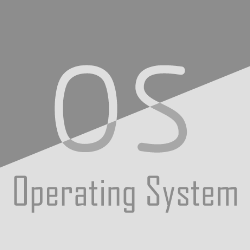
The next chapter of the robotics revolution is well underway with the deployment of robots for a broad range of commercial use-cases. Even in a myriad of applications and environments, there exists a common vocabulary of components that robots share - the need for a modular, scalable, and reliable architecture; sensing; planning; mobility; and autonomy. The Robot Operating System (ROS) was an integral part of the last chapter, demonstrably expediting robotics research with freely-available components and a modular framework. However, ROS 1 was not designed with many necessary production-grade features and algorithms. ROS 2 and its related projects have been redesigned from the ground up to meet the challenges set forth by modern robotic systems in new and exploratory domains at all scales. In this review, we highlight the philosophical and architectural changes of ROS 2 powering this new chapter in the robotics revolution. We also show through case studies the influence ROS 2 and its adoption has had on accelerating real robot systems to reliable deployment in an assortment of challenging environments.
翻译:机器人革命的下一章正在顺利展开,为广泛的商业使用情况部署机器人。即使在多种应用和环境中,机器人也拥有一个共同的组件词汇:需要模块、可扩展和可靠的建筑;遥感;规划;机动性;自主性。机器人操作系统(ROS)是最后一章的一个组成部分,明显加快机器人研究,可自由获取组件和模块框架。然而,ROS 1的设计没有许多必要的生产级特征和算法。ROS 2及其相关项目已经从地面上重新设计,以迎接现代机器人系统在各种规模的新的探索领域提出的挑战。在这次审查中,我们强调ROS 2在机器人革命中赋予这一新章节权力的哲学和建筑变化。我们还通过案例研究展示ROS 2及其采用对加速真正机器人系统的影响,以可靠地在充满挑战的环境中部署。




